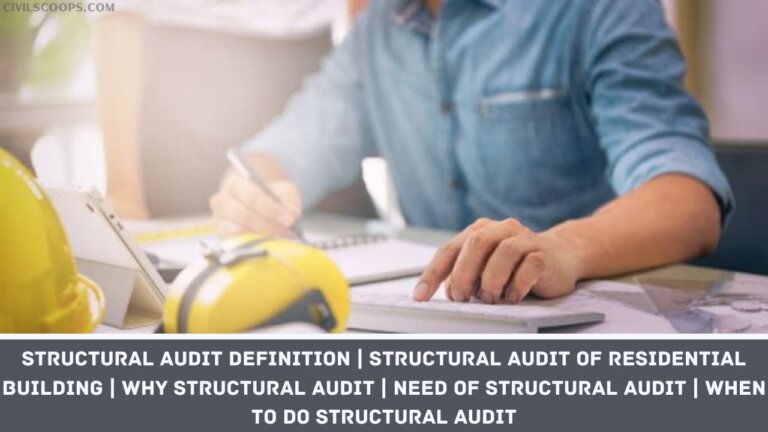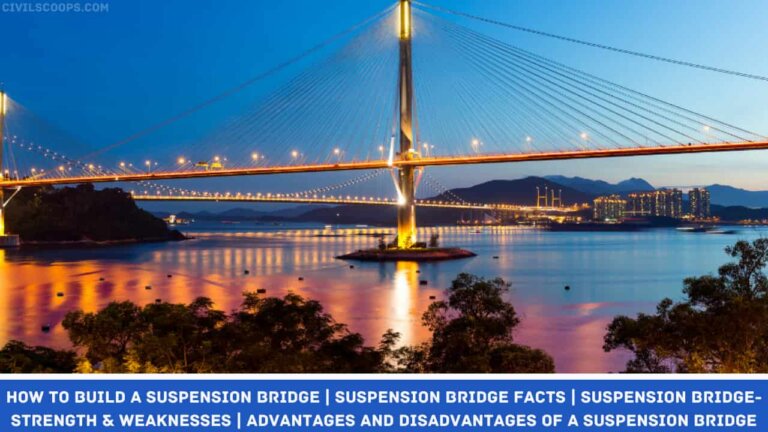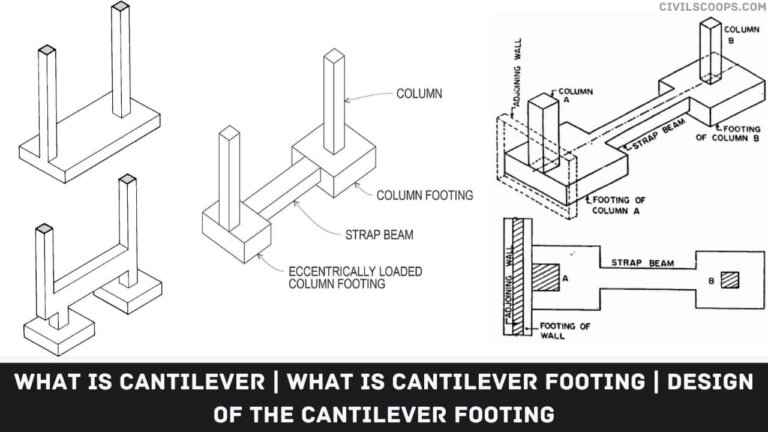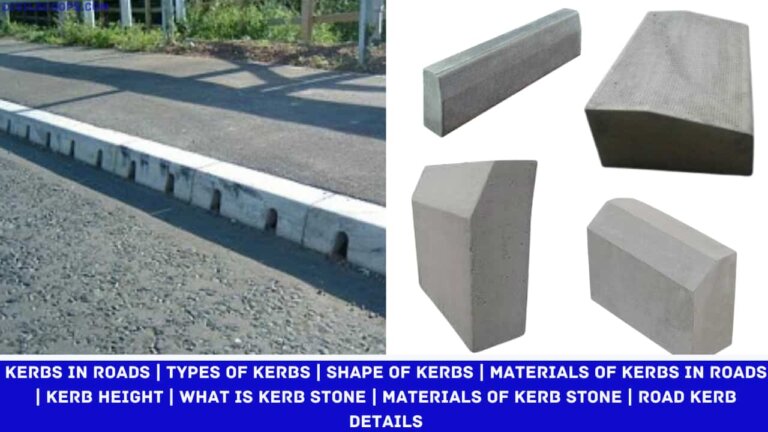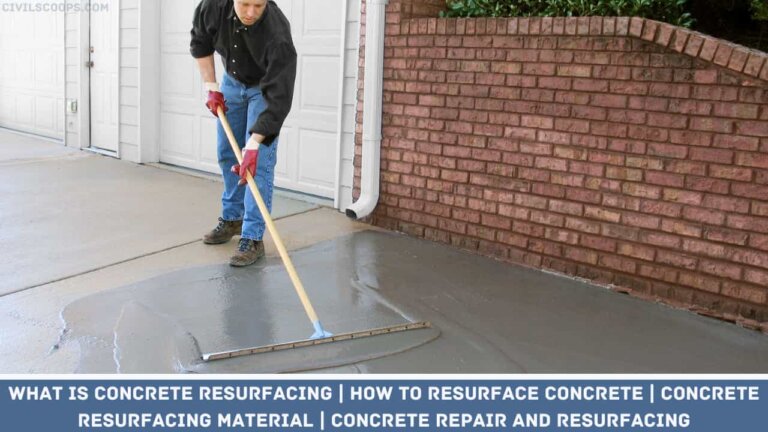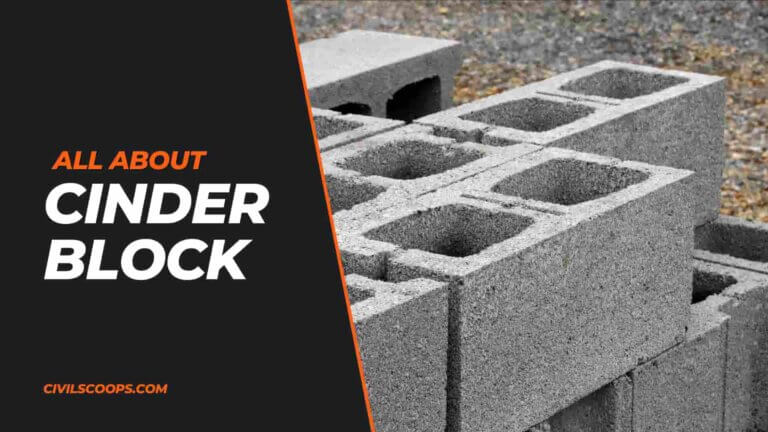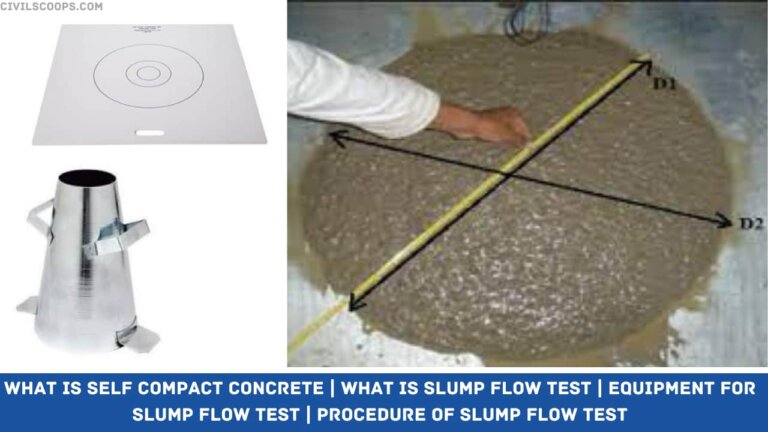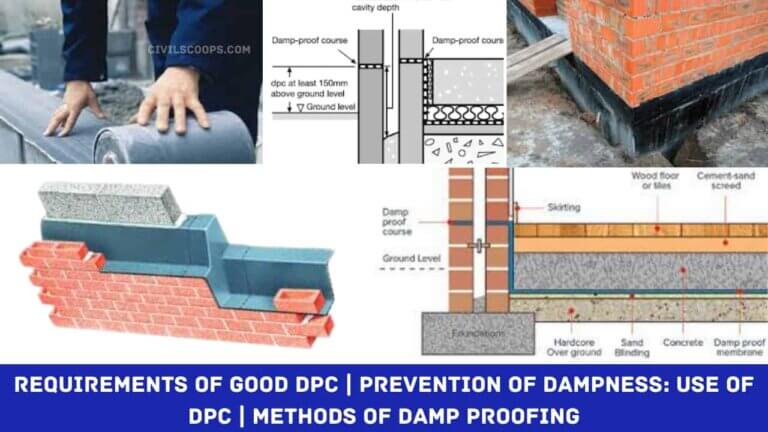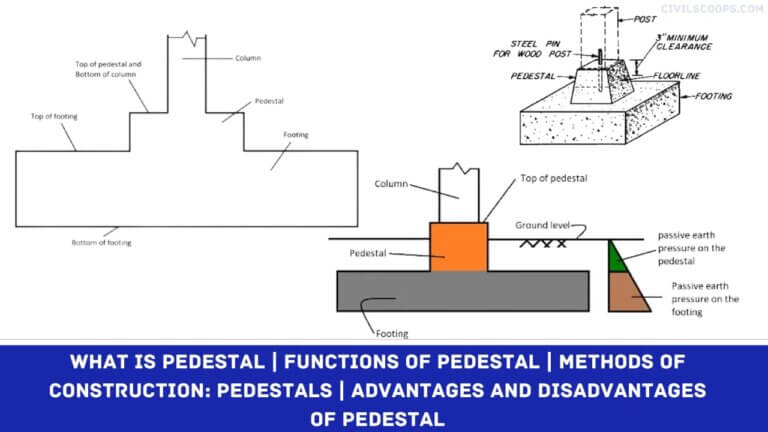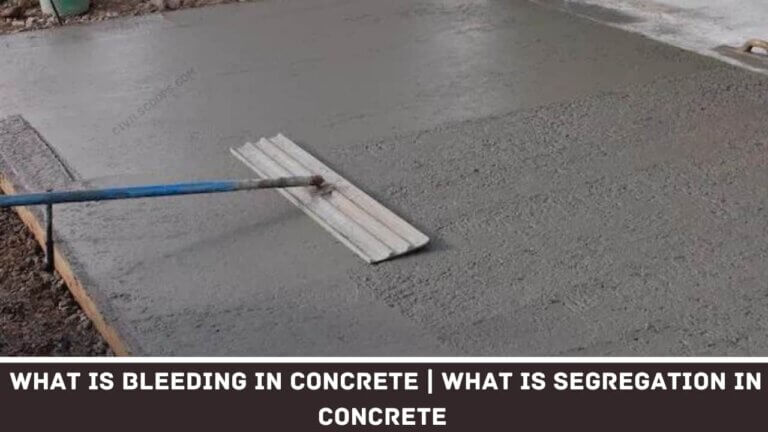Structural Audit Definition | Structural Audit of Residential Building | Why Structural Audit | Need of Structural Audit | When to do Structural Audit
Structural Audit Definition Structural Audit can be defined as a very important approach to understanding the distress level or condition of any existing civil engineering structure or a building. The initially specialized technique used to inspect a building or a civil engineering structure to evaluate its general health is known as Structural Audit. Doing a…

